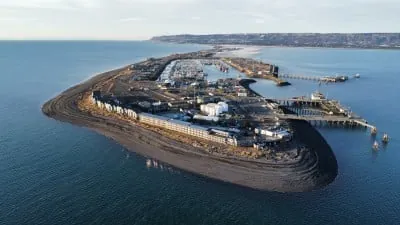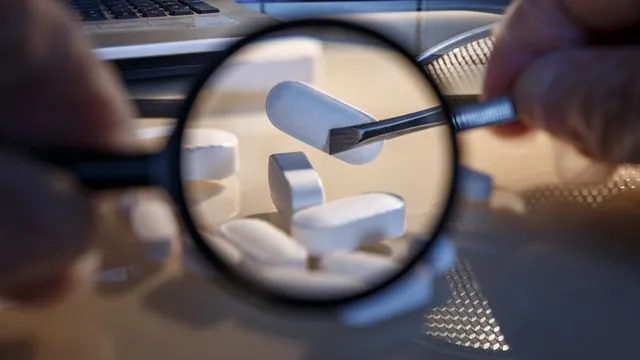
Revolutionizing Earthquake Monitoring: How Fiber Optic Cables Are Changing the Game
2025-07-25
Author: Mei
Unlocking the Secrets Beneath the Ocean Floor
In the Pacific Northwest, a massive network of over 600 seismic monitoring stations is crucial for tracking tectonic activity and volcanic eruptions, informing communities about impending earthquakes. However, a hidden danger lurks miles offshore within the Cascadia Subduction Zone, where the Juan de Fuca plate dives beneath the North American plate, making it essential to keep a close watch on these offshore faults.
A Bold New Approach to Seismic Monitoring
Traditionally, monitoring the ocean floor for seismic activity is a daunting task with limited success. But researchers are now harnessing a groundbreaking technique known as Distributed Acoustic Sensing (DAS), which utilizes existing fiber optic cables along the ocean floor. This innovative method allows scientists to capture the vibrations of the ocean bed, significantly enhancing the detection of distant earthquakes that might otherwise go unnoticed.
The Breakthrough Study
In a trailblazing study published on February 28 in *Seismological Research Letters*, scientists from the University of Washington connected with the Ocean Observatory Initiative's Regional Cabled Array, a network that spans the offshore plate boundary. Unlike past research that relied on inactive fibers, this cutting-edge study confirmed that DAS technology can be employed without interfering with ongoing data transmissions.
Harnessing Light for Data Collection
Researchers discovered the potential of the fiber optic cable network over the last decade. These cables work by sending pulses of light, with any disturbances affecting the light's path helping scientists identify seismic activity. As co-author Qibin Shi explains, smaller earthquakes often get lost in background noise, but advancements in algorithms can amplify these signals, making them detectable.
Artificial Intelligence to the Rescue
Using AI, the research team developed an algorithm capable of isolating earthquake signals from noise, training it on data from 285 earthquakes that occurred in Alaska's Cook Inlet. This AI-driven approach allows for the identification of tremors that even seasoned seismologists might miss, paving the way for a comprehensive model to study seismic activities.
Real-Time Testing and Future Implications
The study in Oregon demonstrated that high-quality seismic data could be collected even as live cables transmitted other information, showcasing the versatility and power of this system. Co-author Marine Denolle emphasized the significance of this access: "It’s our best shot for addressing scientific questions and monitoring seismic activity effectively."
Navigating the Data Deluge
The three-day experiment yielded an impressive volume of data—more than the team anticipated. While all findings have been made publicly accessible, the next challenge lies in managing and analyzing this wealth of information. Researchers are actively seeking partnerships to solidify their monitoring framework.
A Bold Vision for the Future
According to Denolle, this is just the beginning: "We’re on the path to understanding plate tectonics by examining small earthquakes, and this system unlocks unprecedented access to that data." With ongoing funding from a range of prestigious organizations, the potential for advancements in earthquake detection and early warning systems has never been more promising.



 Brasil (PT)
Brasil (PT)
 Canada (EN)
Canada (EN)
 Chile (ES)
Chile (ES)
 Česko (CS)
Česko (CS)
 대한민국 (KO)
대한민국 (KO)
 España (ES)
España (ES)
 France (FR)
France (FR)
 Hong Kong (EN)
Hong Kong (EN)
 Italia (IT)
Italia (IT)
 日本 (JA)
日本 (JA)
 Magyarország (HU)
Magyarország (HU)
 Norge (NO)
Norge (NO)
 Polska (PL)
Polska (PL)
 Schweiz (DE)
Schweiz (DE)
 Singapore (EN)
Singapore (EN)
 Sverige (SV)
Sverige (SV)
 Suomi (FI)
Suomi (FI)
 Türkiye (TR)
Türkiye (TR)
 الإمارات العربية المتحدة (AR)
الإمارات العربية المتحدة (AR)